When Star Trek Discovery burst onto our screens five years ago it heralded a bold new era for Star Trek on television after a stretch in the wilderness. The franchise had long been known for breaking new ground (the famed interracial kiss between Kirk and Uhura in Star Trek: The Original Series, an android character in The Next Generation, a black captain in Deep Space Nine), so surely the latest instalment would too.
And it didn’t disappoint. In just four seasons the series has added an impressive volley of firsts to the franchise’s growing list. So, without further ado, let’s take a look at 10 ways in which Star Trek Discovery has broken new ground.
Star Trek Discovery introduced the first lead who wasn’t a captain
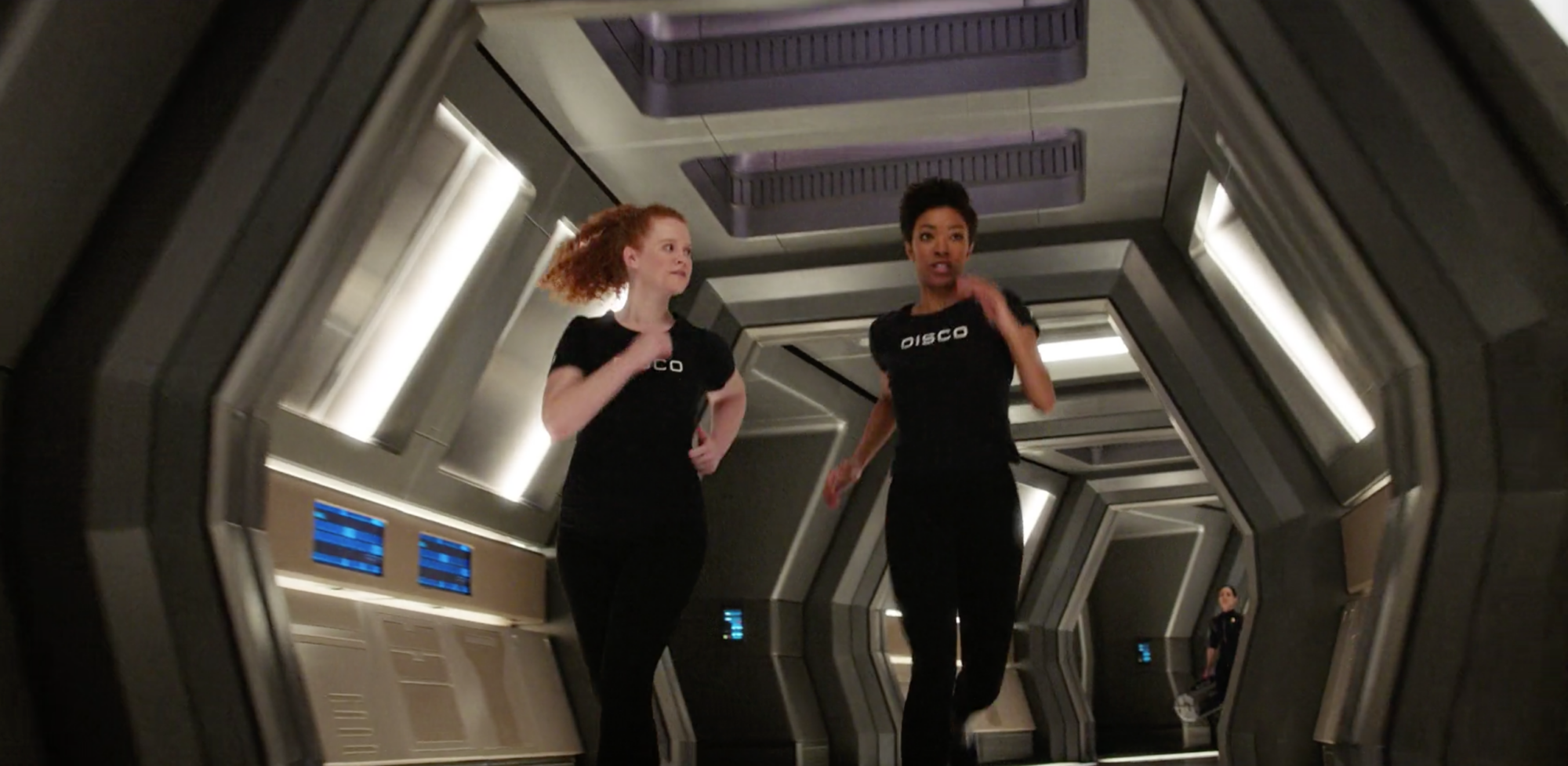
In every previous Star Trek from The Original Series to Enterprise, the lead character has been the captain (well, Benjamin Sisko in Deep Space Nine was initially commander, but with much the same function.)
Not so for Star Trek Discovery. Series lead Michael Burnham starts off as a disgraced mutineer. Instead of the spacious quarters usually enjoyed by Starfleet captains, Burnham shares with cadet Sylvia Tilly, an arrangement that gets off to a less-than-rosy start when the cadet arrives and points out that Burnham has taken her bed.
The roommates ultimately become friends and their dynamic is something new and interesting for Star Trek, with bunk-to-bunk chats, jogging (in neat DISCO t-shirts, no less) and rowdy lower-deck parties showing us a different side to life aboard a Starfleet ship (yes, the Next Generation episode ‘Lower Decks’ had given us a taste of life for the lower-ranking crew, but it was interesting to watch this play out over a longer stretch.)
Star Trek Discovery introduced faster-than-warp tech
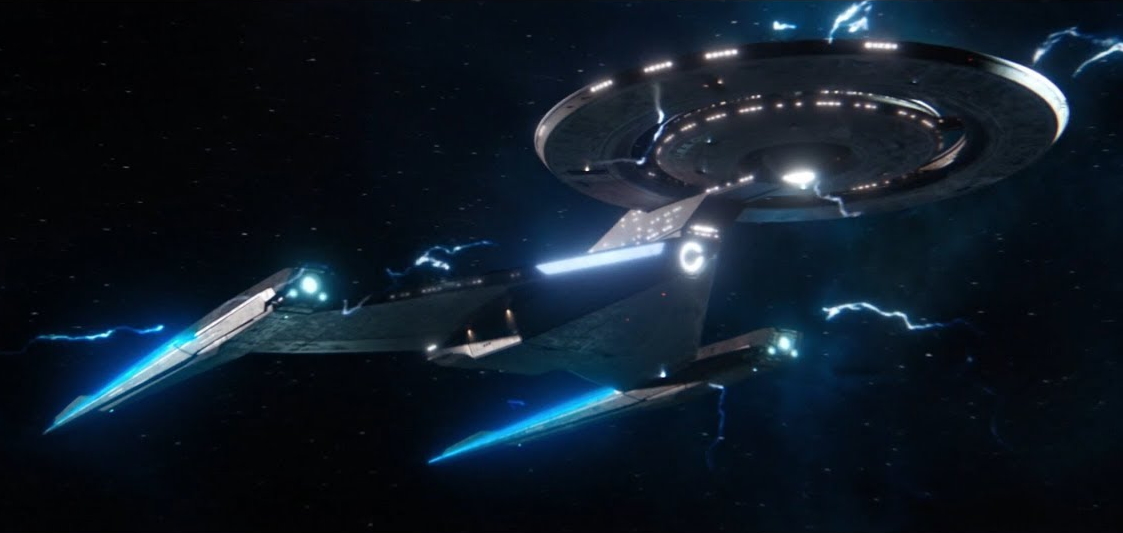
In previous Star Trek series, warp had been the fastest means of space travel (save for interventions by powerful beings like the Traveller in the Next Generation episode ‘Where No One Has Gone Before’ or the Caretaker in Voyager premiere ‘Caretaker.’)
Star Trek Discovery introduces the spore drive, a faster means of travel using the mycelial network, a subspace network of tunnels leading to numerous places in the galaxy. So, instead of the oft-seen shots of ships going to warp like in The Next Generation and Voyager, we see Discovery jumping.
Jumping not only looks pretty cool (a POV shot of Discovery’s saucer section rotating followed by the ship flipping in mid-air, vanishing, and reappearing at the other end), it allows for travel to much further away places. In the season 4 episode ‘The Galactic Barrier,’ for example, Michael Burnham uses the spore drive to take Discovery to the edge of the galaxy itself.
Star Trek Discovery introduced the first LGBT+ characters

Star Trek prior to Discovery featured very few examples of LGBT+ characters and storylines. The closest examples were The Next Generation episode ‘The Outcast,’ in which Will Riker falls for a member of an androgynous species who is persecuted for identifying as female, and the Deep Space Nine episode ‘Rejoined,’ in which Jadzia Dax becomes involved with a woman whom her symbiont once loved (notably, this episode features Star Trek’s first same-sex kiss.)
The first asterisk-free same-sex relationship was between the Mirror Universe Kira Nerys and Ezri Dax in the Deep Space Nine episode ‘The Emperor’s New Cloak,’ but these are alternate versions of the usual characters, who are subsequently never seen again.
Star Trek Discovery features the franchise’s first gay series regulars Paul Stamets and Hugh Culber. Eschewing the proxy approaches of ‘The Outcast’ and ‘Rejoined,’ Discovery gives us a direct depiction of an ongoing same-sex relationship, featuring ordinary domestic scenes like the pair in Starfleet-branded pyjamas brushing their teeth before bed.
Discovery goes on to introduce the franchise’s first non-binary and trans characters, Adira and Gray Tal.
Star Trek Discovery featured the first villainous captain

The captains helming previous Star Trek series usually upheld Starfleet’s highest values. That’s not to say they didn’t bend the rules sometimes; in The Original Series episode ‘A Taste of Armageddon,’ Kirk intervenes when the Enterprise becomes the casualty of a theoretical war waged entirely using computers, destroying the computers, and leaving the warring planets to make peace or experience the horrors of physical warfare.
Similarly in the Deep Space Nine episode ‘In the Pale Moonlight,’ Sisko conspires to draw the Romulans into the Dominion War on the side of the United Federation of Planets with false information of an impending Dominion attack. The plan goes far from smoothly and Sisko ends up bribing one witness and turning a blind eye to two others’ murder.
Captain Gabriel Lorca in Star Trek Discovery starts out in this ambiguous vein, commending Michael Burnham for her mutiny against her former captain and declaring that “context is for kings.” However, he is ultimately revealed to be an out-and-out villain from the Mirror Universe, having replaced the real Lorca and appropriated Discovery in a long game to return to the Mirror Universe and topple the ruling regime.
Star Trek Discovery featured the first non-human captain
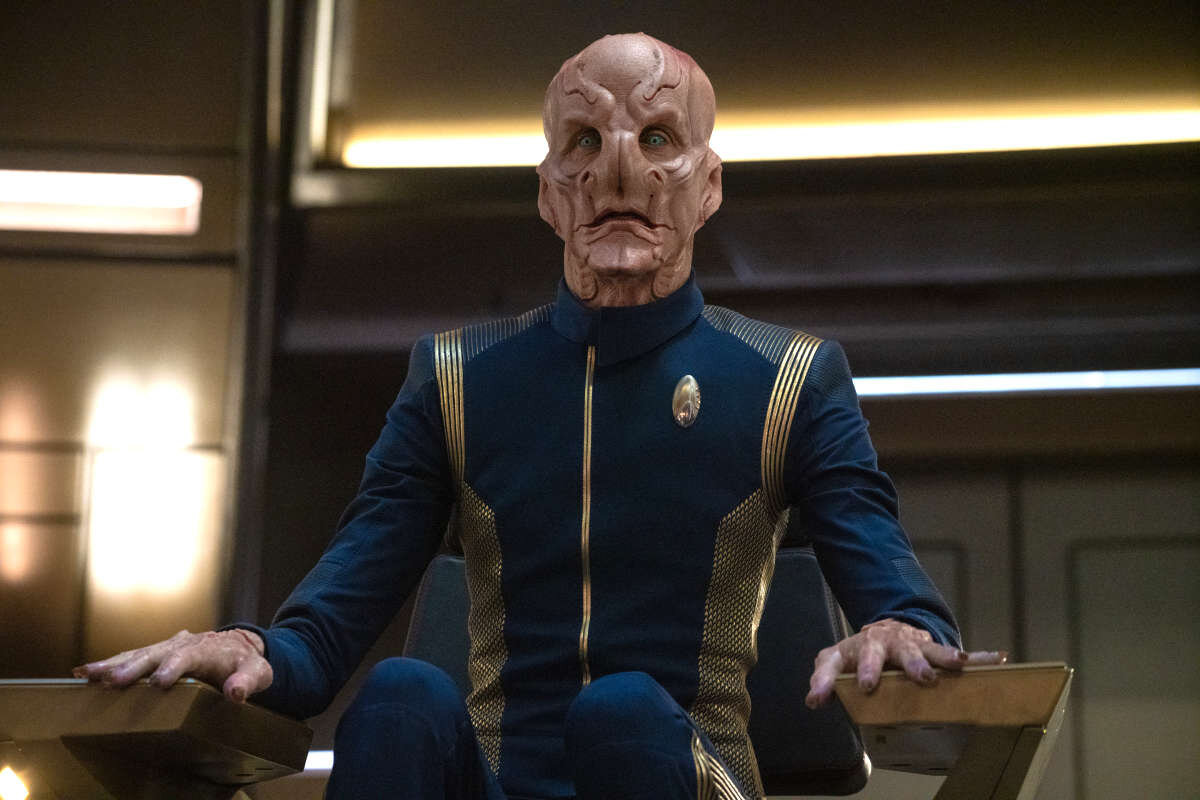
You’re probably getting tired of me saying “in every previous Star Trek series…” now, but it’s true here too. We’d seen lots of different species of captain in previous Star Trek series, but all the captains who had helmed the ships on which the series were set were human.
But following Lorca’s departure Saru becomes captain of Discovery, making Star Trek history as the first alien to occupy the captain’s chair. Saru’s ascension is especially noteworthy because he is the first Kelpien to join Starfleet at all, let alone rise to the rank of captain, and because Kepliens are genetically fearful, something Saru must overcome in his new position.
Saru also proves to be a different kind of captain to the likes of Kirk and Picard – softer, more attentive, more approachable. In multiple ways, then, he represents a franchise first.
Star Trek Discovery featured the first black, female captain
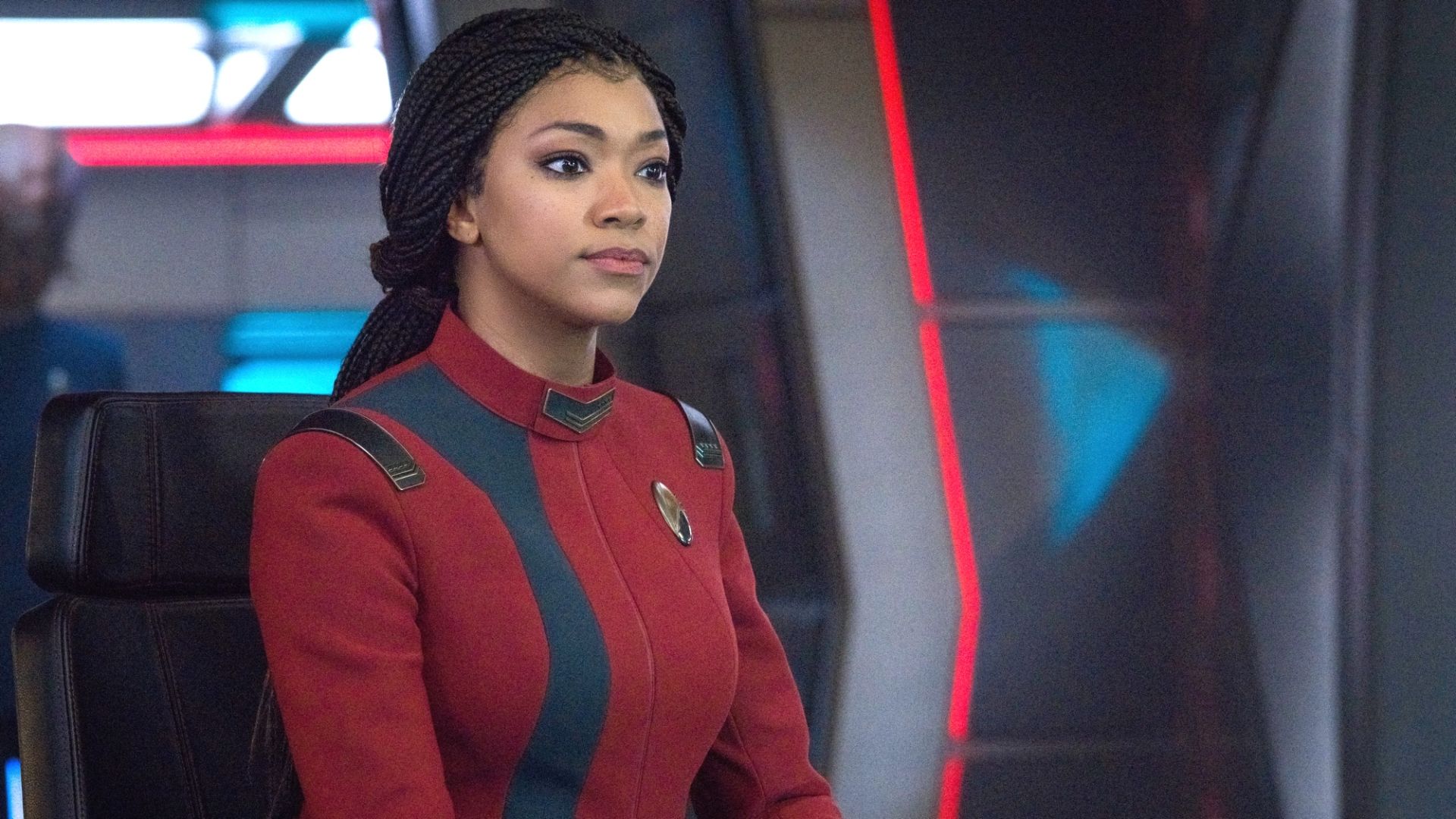
Black female captains had been seen before in Star Trek. The first was the unnamed captain of the Saratoga in the Original Series film The Voyage Home, and the first to be named was Tryla Scott, in the Next Generation episode ‘Conspiracy.’
And as far as captains-who-were-also-series-leads go, Star Trek had previously featured a black captain (Sisko in Deep Space Nine) and a female captain (Kathryn Janeway in Voyager) but never a black female captain.
Ever since the days of Uhura and Sulu being Enterprise bridge officers against the backdrop of 1960s America, Star Trek has sent the message that race and gender were no obstacle to success, but nonetheless Michael Burnham’s ascension to the captain’s chair in Discovery season 3 is momentous.
And it seems rather fitting that a character who pulled herself up from the disgrace of mutiny to earn the trust and admiration of her crewmates again should be the first to reach this pinnacle.
Star Trek Discovery went the furthest along the Star Trek timeline
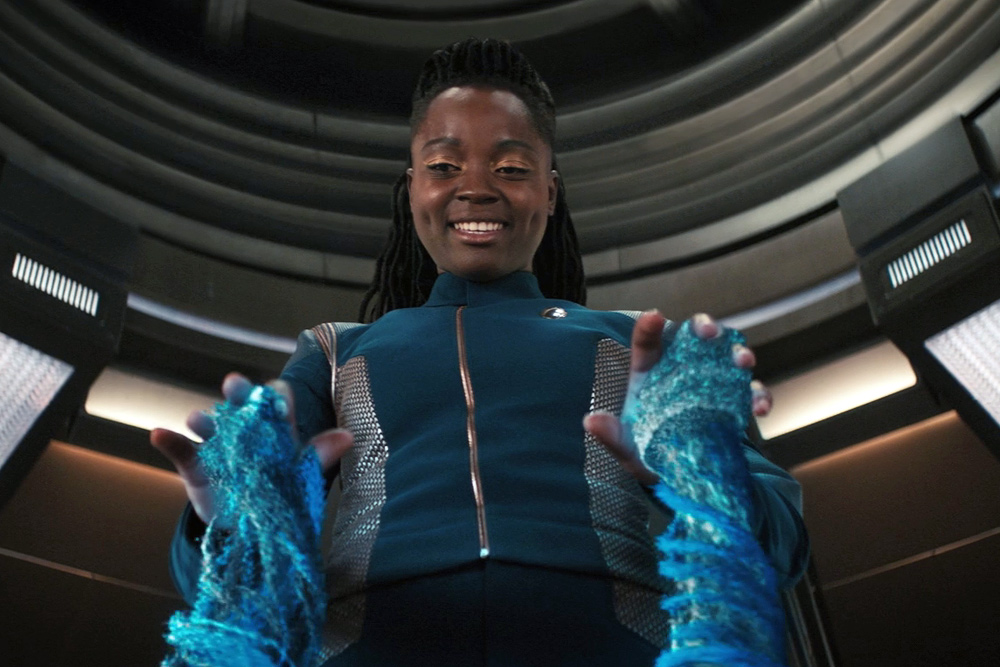
Star Trek’s timeline can be difficult to keep track of given how many series and films there have been. Broadly speaking, the earliest-set series is Enterprise, in the 2150s, and until recently the latest set was Picard, at the turn of the century between the 2300s and 2400s. All the other series fell somewhere in between these two points.
That is until Star Trek Discovery season 3, which finds Discovery’s crew time travelling to the 3180s, nearly eight hundred years after any previous series. This time period is unsurprisingly quite different from those seen in previous Star Trek series, featuring a decimated United Federation of Planets and a galaxy that is consequently more of a lawless frontier.
And all this opens up new storytelling opportunities and new scope for galactic threats, as well as impressive advances in tech like anywhere-to-anywhere transporters and programmable matter that can morph into beds, desks, and even control panels. So, once again, Discovery breaks exciting new ground!
Star Trek Discovery featured a cast of woman leaders
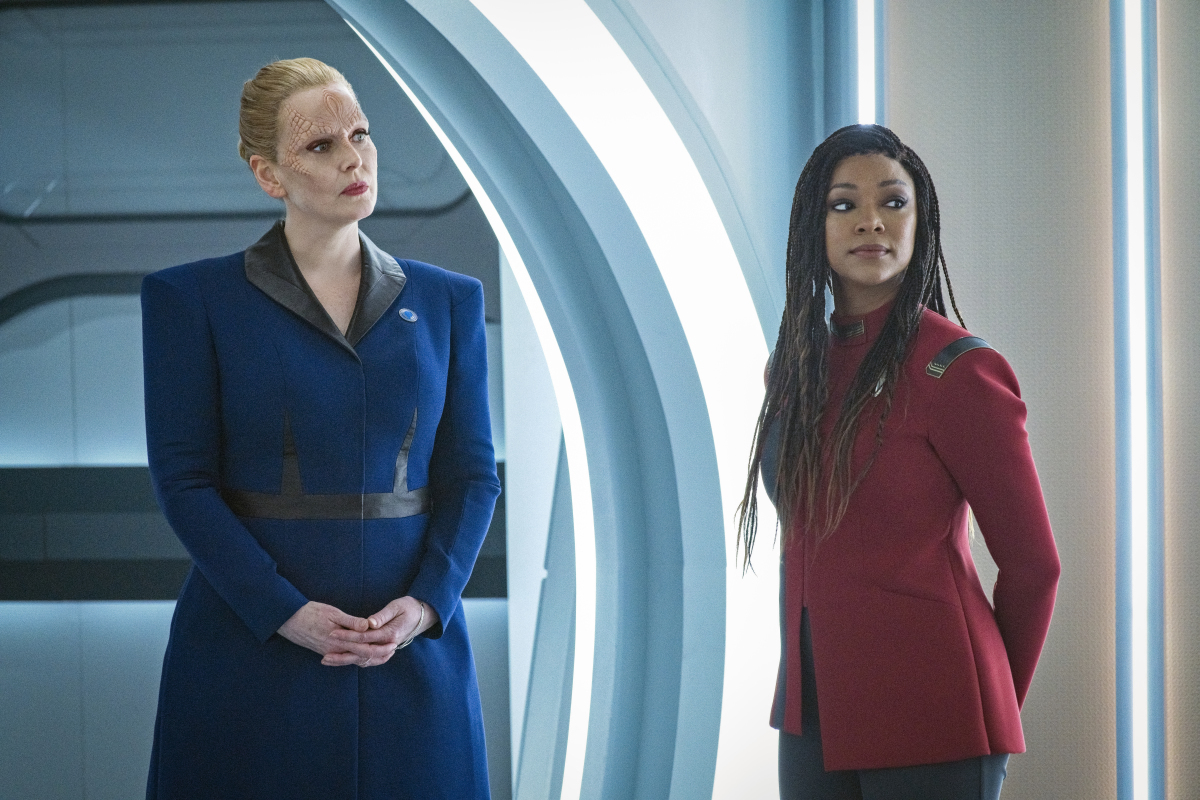
Following Michael Burnham’s promotion to captain, Star Trek Discovery season 4 boasts an unprecedented roster of woman leaders. Aside from Burnham there are Laira Rillak, president of the United Federation of Planets; T’Rina, president of Ni’Var; Diatta Ndoye, general in the United Earth Defense Force, and even a guest appearance by American politician Stacey Abrams as the president of United Earth.
Star Trek putting women in ranking roles isn’t new and there are various examples throughout the franchise’s history. Captain Picard went toe to toe several times with the hawkish Admiral Alynna Nechayev in The Next Generation, Captain Janeway had become Admiral Janeway by the time of Nemesis, and Discovery’s first two seasons featured Admiral Katrina Cornwell.
However, Star Trek Discovery season 4 marks the first time that women have occupied almost every major leadership role in a Star Trek series. In fact, the only regular male character in a leadership role in season 4 is Admiral Charles Vance, head of Starfleet.
Star Trek Discovery made the Federation central to the storyline

As previously mentioned, the United Federation of Planets is decimated in Discovery season 3 and is significantly less expansive than the Federation of past Star Trek series, although it was always there in the background (with the exception of Voyager, whose titular ship was marooned halfway across the galaxy.)
The smaller Federation means Discovery and her crew play a bigger role in its operations. We see this in the season 4 episodes ‘…But to Connect,’ which largely revolves around a parliamentary-style debate over whether to destroy a dangerous spatial anomaly or attempt to contact its creators, and ‘Coming Home,’ which splits time between Discovery and Federation headquarters as the former attempts to halt the anomaly’s approach to Earth and the latter attempts to evacuate the planet.
And Federation characters like President Rillak and Admiral Vance have a far larger role in Discovery than officials in previous Star Trek series.
Of course, prior Star Trek series have had storylines in which their crews dealt with Federation officials (such as the various admirals mentioned previously) or were sent on high priority missions (like the Enterprise’s mission to Romulus in The Next Generation episode ‘Unification.’) There have even been visits to Starfleet headquarters (like in the Deep Space Nine two-parter ‘Homefront’ / ’Paradise Lost.’) But no prior series featured the Federation anywhere near as much as Discovery.
Star Trek Discovery made wellbeing an ongoing focus
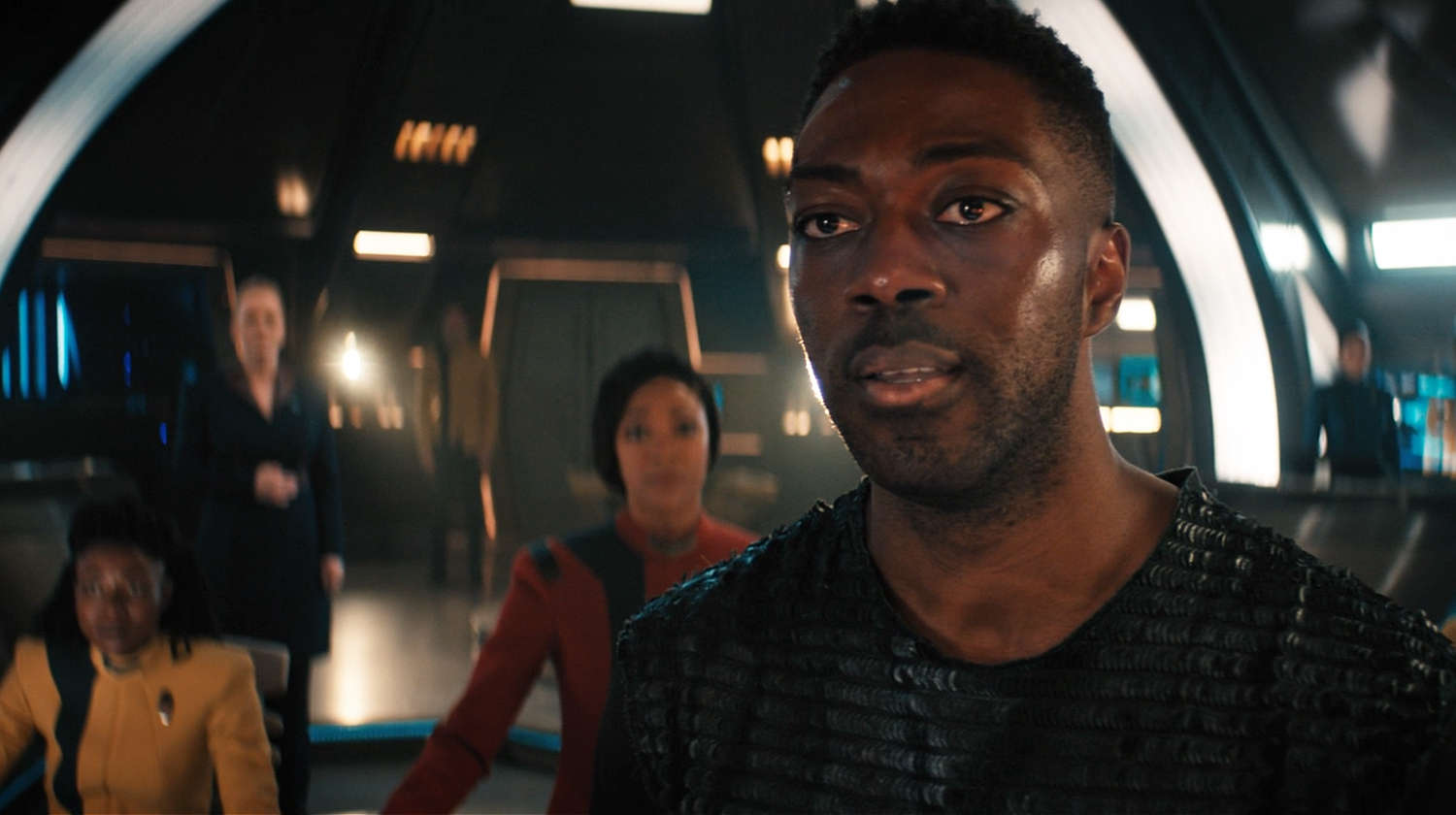
Something I talked about in my last article was how the unique circumstances of Discovery’s crew (time travelling into the distant future and leaving their lives and loved ones behind) has led to the series placing greater focus on wellbeing than previous Star Trek series.
This is another thing that has precedent in Star Trek, but not to such an extent as in Discovery. Various episodes have focused on wellbeing, such as ‘Family’ in The Next Generation, in which Picard seeks comfort in the arms of his family following his assimilation by the Borg, and ‘Night’ in Voyager, in which Janeway laments the role she played in marooning her ship.
However, Discovery season 4 makes wellbeing an ongoing focus. Cleveland ‘Book’ Booker attempts to deal with the loss of his planet to the aforementioned spatial anomaly and his grief leads him to go rogue and attempt to destroy the anomaly against Starfleet’s wishes. Meanwhile, Culber takes on being ship’s counsellor in addition to his medical duties and is soon overwhelmed by the crew’s struggles.
Star Trek Discovery truly broke new ground
So, if you were in any doubt as to whether Star Trek Discovery broke new ground, you need be no longer. In ways big and small, the five years in which we’ve been blessed to have Discovery have been chock-full of ground-breaking developments.
Through firsts such as Michael Burnham being the first black, female captain and Stamets and Culber being the first gay regular characters, new dynamics such as the larger role of the Federation, and new focuses such as wellbeing, Discovery has impressively expanded an already expansive franchise, living up to its age-old mantra “to boldly go where no one has gone before.”

Star Trek Discovery hat – order now from the Lovarzi shop!








Leave a Reply